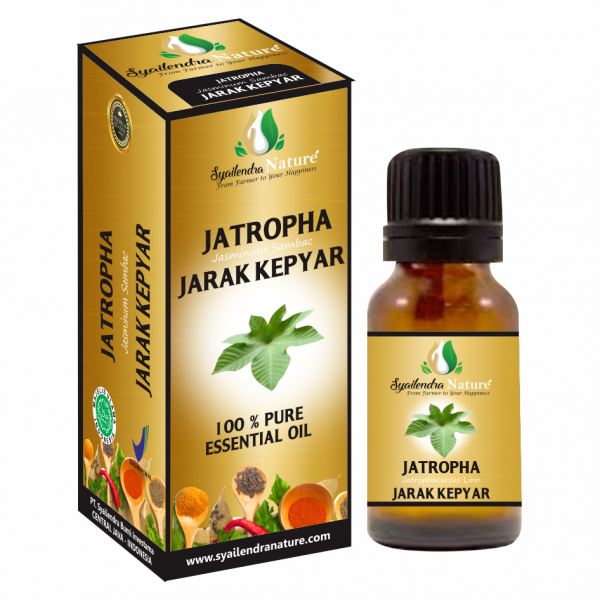Botany
Jasmine plants belong to Oleaceae family that grows to a height of 0.5-3m. The flowers have pleasing fragrance and are cherished for it. For healthy growth of the plant, they should be exposed to direct sunlight as well as fresh soil.
Brief History of Jasmine Oil
It is obtained from the aromatic herb that was used as an important ingredient in Chinese medicine. Having excellent therapeutic benefits, Jasmine oil was used to treat Hepatitis infection caused by HBV microbes- “as mentioned in 2009 study on Antiviral efficacy of Jasmine”.
Historical Uses
• Historically, it was used for culinary, aromatic, medicinal and ceremonial purposes.
• The aroma of the flower made it a preferred choice to be used during evening time due to its magic of mystical thoughts, love, and endless fascination.
• During ancient time, it has been used to treat poisonous stings and bites.
Blends Well With
jasmine essential oil goes well with Helichrysum, Bergamot, Geranium , Frankincense and Rose.
Therapeutic benefits
• The oil is used for stimulating sexual desires, treating insomnia and reducing cough.
• In addition, it also has wonderful health benefits where it is as anticancer, analgesic, antispasmodic, stimulant, astringent, sedative, etc.General Precautionary Measures!
• As the oil is concentrated in nature, its direct application on the skin is not suggested. Instead, it should be first diluted with suitable carrier oil to dilute it and then applied.
• During pregnancy, this oil should not be used, as it may cause harm to the neonate.
• Those with high blood pressure & asthma should first consult to their doctor before using this oil













Reviews
There are no reviews yet.